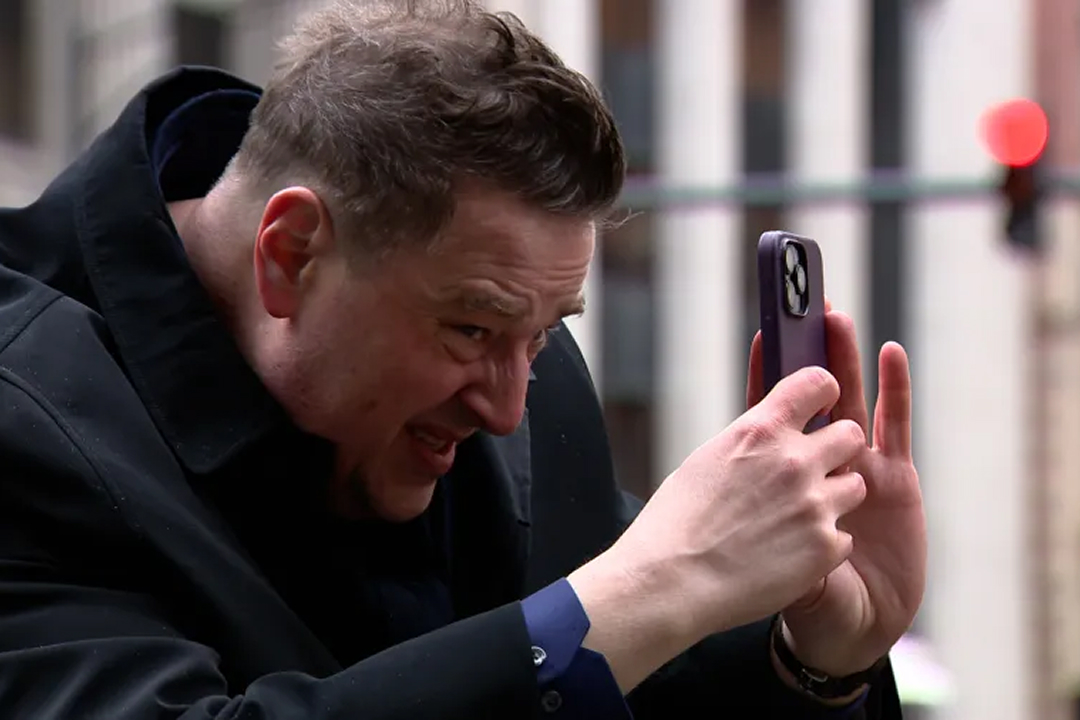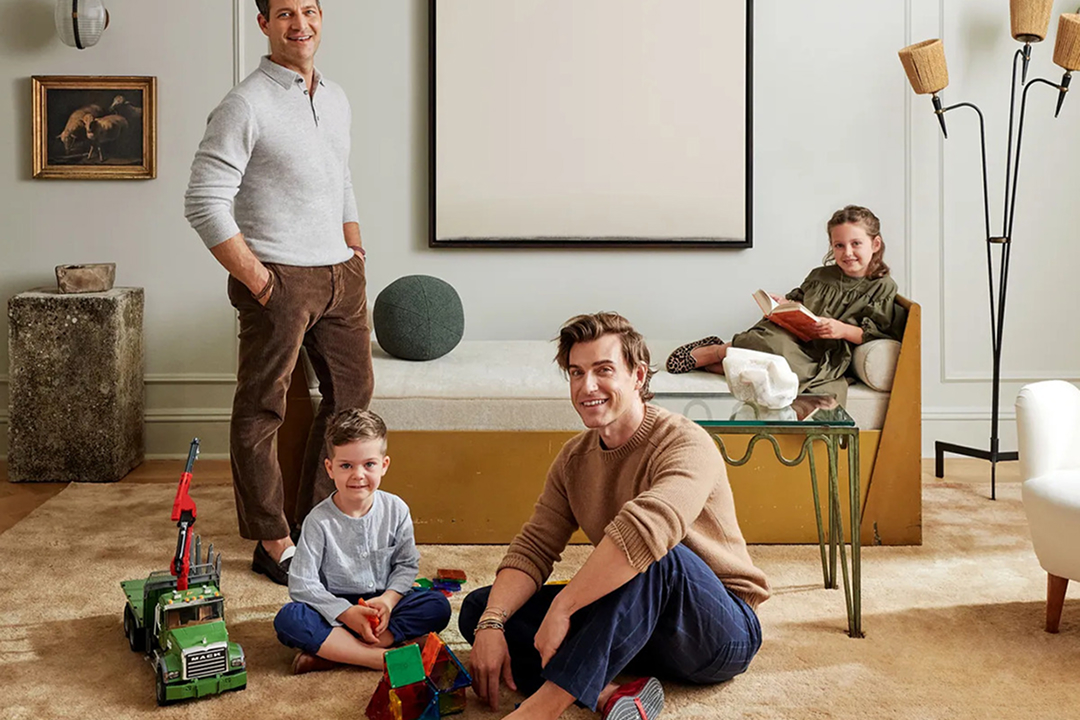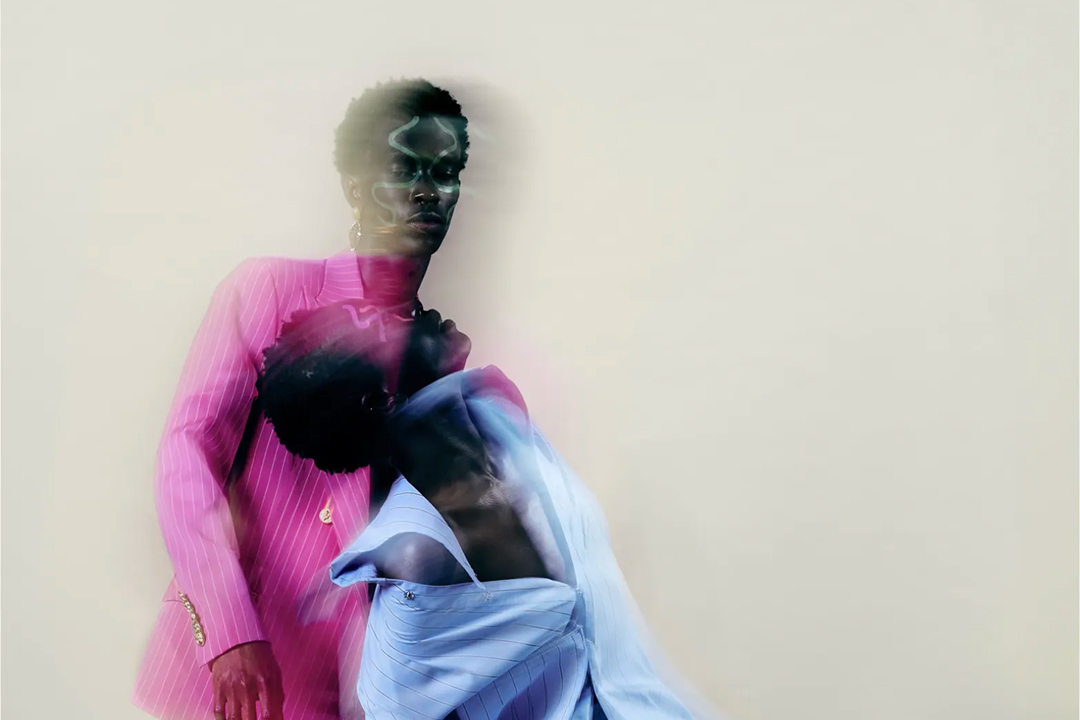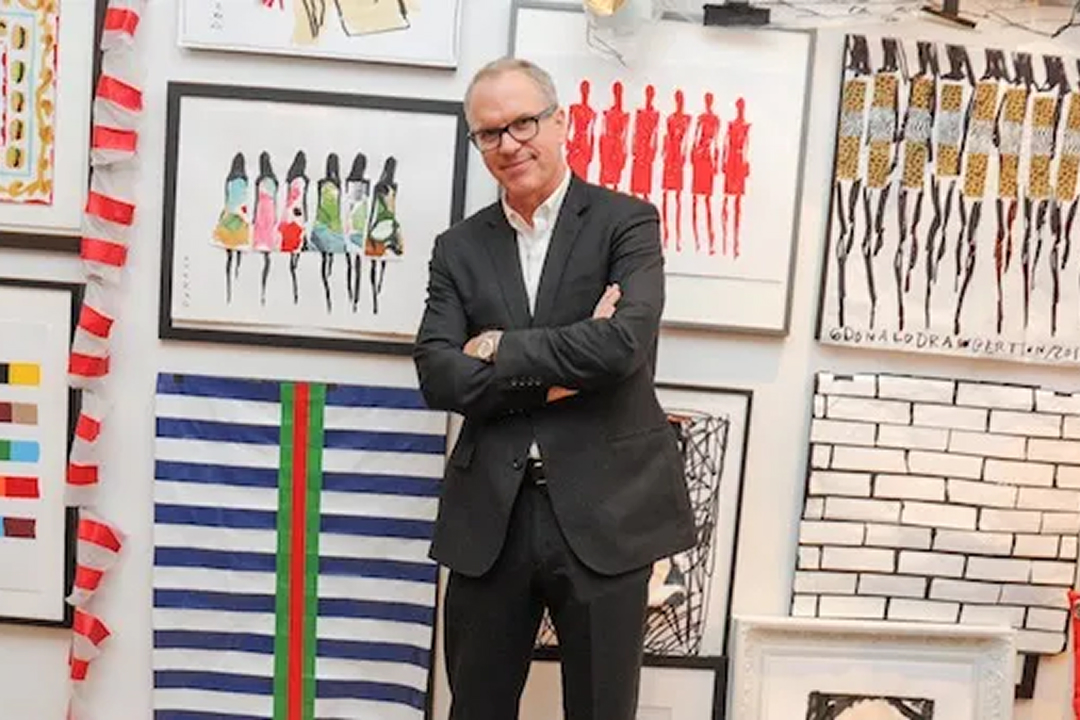Meet Michael Wojcik, the Legally Blind Photographer Changing the Way We See Chicago

On a wet March afternoon, Michael Wojcik is walking the Loop. Not aimlessly but deliberately. Head tilted slightly, smartphone in hand, he’s scanning Chicago’s bustling streets for something fleeting. A flash of color. A moody reflection. That perfect moment before the light changes.
At the intersection of North Michigan Avenue and East Ohio Street, he stops.
“I think I got that one,” he says, having just snapped a photo of a pink umbrella slicing through the rain.
For most passersby, it’s just another gray day downtown. For Michael Wojcik, it’s a canvas. And for the 53-year-old photographer, who is legally blind, it’s a shot that adds to a growing body of work that’s beginning to attract national attention.
Seeing Beyond Sight
Michael Wojcik lives with congenital nystagmus, a condition that causes uncontrolled eye movement, and low vision, an impairment that can’t be corrected with glasses or surgery.
“Reading street signs, all sorts of things that others take for granted, is something that’s kind of a challenge for me,” he says.
And when life takes away one thing, it gives you another in abundance.
“You need to compensate for what you’re lacking,” he explains. “So, knowing that I can’t see as well as others, I’m more patient.”
That patience defines not only his process but his perspective. Where most street photographers chase energy and motion, Michael Wojcik slows down. He leans into stillness. His camera is both a tool and translator, capturing a world he doesn’t see clearly, but feels deeply.
Editing with Intent
Like any city dweller with a smartphone, Michael Wojcik lifts his camera when something intrigues him. He steadies his hand. Snaps. The difference comes later, at home, where he spends nights on the couch editing.
“I spend my evenings, this is my way of staying out of trouble, is to stay home at night and edit photos on my couch,” he says with a laugh.
He works with a magnifying glass, examining each shot in detail, adjusting tone, brightness, and contrast. The post-processing isn’t a workaround, it’s part of the story. Every edit reveals what the naked eye, especially his, can barely register in real time.
“What photography does, whether it’s mine or anyone else’s, is it makes you draw in close,” he says. “It makes you look.”
That’s what Michael Wojcik is doing for the city of Chicago. He’s making us look again.
The Art of Slowing Down
Michael Wojcik wasn’t trained as a photographer. But his sense of observation, sharpened by necessity, is his greatest strength.
And what he really sees is a city alive with small moments. He captures the lakefront in winter, the golden haze of summer sunrises, and marathon runners pushing past their limits.
One standout image shows a sunbathing amputee lounging by the lake. Another feature is of a wheelchair athlete navigating the city streets during the Chicago Marathon. The message is not subtle, but it is powerful.
“I am disabled,” he says, “and people of all types come out and live and experience the city.”
His work isn’t about portraying disability. It’s about removing it from the center of the frame, so the human story can take focus.
A Healing Practice, A City Reimagined
Michael Wojcik’s relationship with photography began as something deeply personal. “For me,” he says, “it’s kind of a healing mechanism.”
He describes his process as a daily meditation. He walks. He observes. He photographs. Then he returns home to reflect and reconstruct.
His gear isn’t complex. Like many, he shoots with a smartphone. But the results? They are catching the attention of art lovers, locals, and urban culture publications alike.
There’s growing interest in his work from disability advocates and creative collectives who are challenging the traditional definitions of who gets to be seen, and who gets to see.
Looking Closer
The irony isn’t lost on him. A legally blind man creating some of the most striking street photography in Chicago is the kind of story that disrupts expectations. But he doesn’t lean into the irony. He leans into the art.
“Whatever you seek to do, there’s a means to do it,” he says.In Michael Wojcik’s case, that means reimagining one of America’s great cities from a vantage point few of us consider. His view may be blurred. But his vision? Unmistakably clear.





